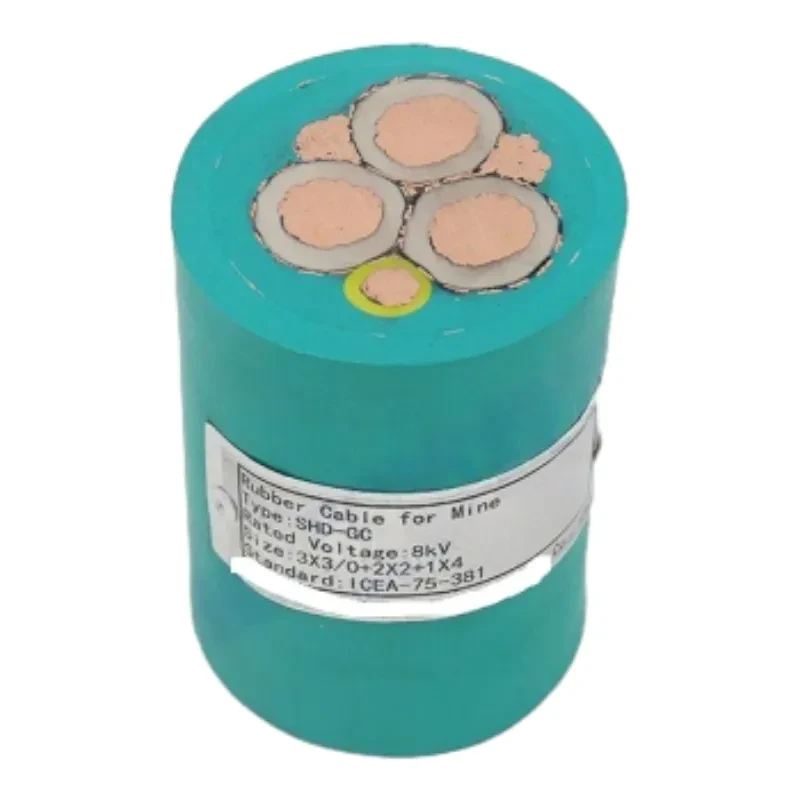Samh . 25, 2024 08:36 Back to list
full lug butterfly valve
Understanding Full Lug Butterfly Valves A Comprehensive Overview
In the world of fluid control systems, the full lug butterfly valve represents a critical component renowned for its practicality and versatility. Engineered primarily for regulating the flow of liquids and gases, these valves are increasingly utilized across various industries, including water treatment, chemical processing, and HVAC applications. In this article, we will delve into the details of full lug butterfly valves, exploring their design, advantages, and applications.
What is a Full Lug Butterfly Valve?
A full lug butterfly valve is a type of quarter-turn valve that features a disk-shaped element which rotates around a hinge. This rotation allows the valve to open or close the flow path. The defining characteristic of a full lug butterfly valve is its lugged body design, which includes threaded holes or lugs on either side of the valve. These lugs allow the valve to be securely mounted between flanges, thereby eliminating the need for additional support structures. The full lug design is particularly advantageous for applications where valves may need to be replaced or serviced without the necessity of shutting down the entire system.
Design Features
1. Body Material Full lug butterfly valves can be constructed from various materials, including cast iron, stainless steel, and plastic, allowing them to withstand diverse operating conditions. The choice of material significantly influences the valve’s durability, temperature tolerance, and corrosion resistance.
2. Sealing Mechanism Full lug butterfly valves typically utilize soft-seated or metal-seated designs. Soft-seated valves offer better sealing performance for low-pressure applications, while metal-seated valves are more suitable for high-temperature and high-pressure environments.
3. Disc Configuration The disk or butterfly element is pivotal in controlling flow. Full lug butterfly valves may have various disk profiles, allowing for efficient flow characteristics and reduced turbulence.
4. Actuation Methods These valves can be actuated manually via a lever or handle, or automatically using pneumatic, electric, or hydraulic actuators, enhancing their functionality in different environments.
Advantages of Full Lug Butterfly Valves
full lug butterfly valve

1. Space-Saving Design Full lug butterfly valves are compact and lightweight compared to other valve types, making them ideal for installations where space is a constraint.
2. Ease of Installation The lugged body allows for easy mounting between flanges, simplifying the installation process and reducing the need for additional fittings.
3. Cost-Effective Their straightforward design and manufacturing process often make full lug butterfly valves a more economical choice than other valve types with similar functions.
4. Versatility They can handle a wide variety of fluids, including slurries and viscous substances, making them suitable for a broad range of industrial applications.
5. Low Maintenance Due to their design and material properties, full lug butterfly valves typically require less maintenance than other types of valves, contributing to lower operational costs over time.
Applications
Full lug butterfly valves are used in an array of industries, including
- Water Treatment Commonly utilized in water treatment plants for controlling the flow of drinking water and wastewater. - Chemical Processing Employed in chemical plants due to their ability to withstand corrosive substances. - HVAC Systems Used to regulate airflow in heating, ventilation, and air conditioning systems. - Food and Beverage Suitable for food processing due to their sanitary design, preventing contamination.
Conclusion
In summary, full lug butterfly valves stand out as a reliable and efficient option for a myriad of fluid control applications. Their unique design and functionality make them an easy choice in situations where efficient flow control, space, and cost considerations are paramount. As industries evolve and require more robust and economical solutions, full lug butterfly valves are likely to maintain their position as a go-to component in fluid management systems. Whether you're involved in infrastructure development, manufacturing, or water management, understanding this valve type is essential for making informed decisions in your projects.
Share
-
Reliable Wafer Type Butterfly Valves for Every IndustryNewsJul.25,2025
-
Reliable Flow Control Begins with the Right Ball Check ValveNewsJul.25,2025
-
Precision Flow Control Starts with Quality ValvesNewsJul.25,2025
-
Industrial Flow Control ReliabilityNewsJul.25,2025
-
Engineered for Efficiency Gate Valves That Power Industrial PerformanceNewsJul.25,2025
-
Empowering Infrastructure Through Quality ManufacturingNewsJul.25,2025